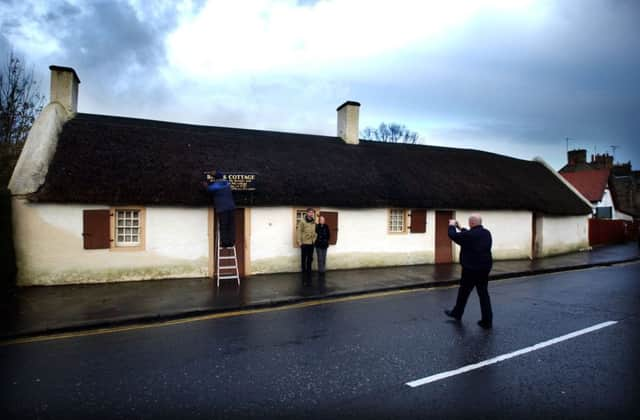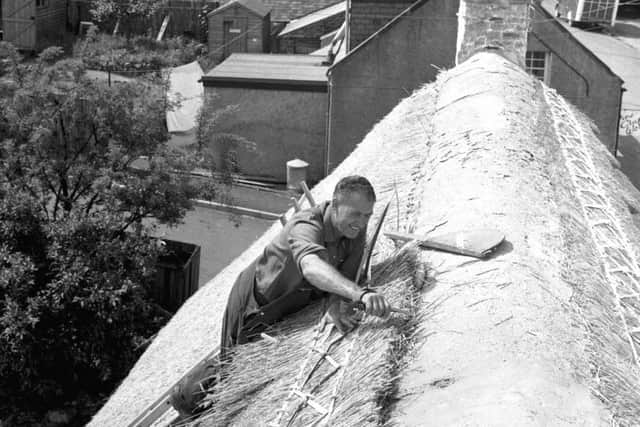Historic thatched roofs up for discussion at Culloden


But thatched roof buildings have become something of a rarity, with a 2016 survey finding just 305 examples north of the border - with the majority in the Western Isles.
The 632-page survey, compiled by the Society for the Protection of Ancient Buildings (SPAB), and funded by Historic Environment Scotland (HES), included pictures of each building and details on the type of thatch used.
Advertisement
Hide AdAdvertisement
Hide AdNow experts will gather at the Culloden battlefield visitor centre next month to discuss the findings of the report and to plot a way forward to ensure thatched roofs do not become a thing of the past.


The one day conference will be hosted by HES and is open to building professionals, local authority planners and craftspeople involved with the care and maintenance of thatched buildings.
“It’s main focus is to discuss the findings of the 2016 survey of thatched buildings in Scotland which showed that the number of traditional thatched buildings in Scotland was in decline,” said a HES spokesman.
“This caught the public’s attention as thatched buildings are a familiar and recognisable feature if the landscape though out Scotland. HES is working with partners across the heritage and traditional skills sector to provide support for those who own or manage thatched buildings, offer technical advice and grant funding for repairs and maintenance and improve the statutory protection for the remaining thatched buildings.
“The conference will discuss ways in which we can work together to safeguard the future of Scotland’s thatched buildings.”


Perhaps the best known example of a thatched roof building is Burns Cottage in Alloway, the birth place of Scotland’s national poet.
The humble one storey abode was built by Burns’ father in 1757 and is an example of an agricultural workers’ home once common across Lowland Scotland.
May’s conference will take place a short distance from Leanach Cottage, a thatched building likely used as a field hospital during the 1746 battle of Culloden.


Advertisement
Hide AdAdvertisement
Hide AdThatch was the first roofing material used in Scotland, and the country has one of the most diverse ranges of thatching materials and techniques found in Europe.
Locally distinctive thatching practices and materials vary due to weather conditions and availability of natural materials.
Rye, heather, reed, and marram grass are some of the materials used with the building skill continuing up until the start of the 20th century.
However, thatched buildings largely disappeared from the Scottish countryside due to maintenance issues, changes in land use, loss of skills and other roofing materials - such as corrugated iron and slate - becoming widely available.


“Quite simply we are looking at the risk of extinction of a vernacular building type,” SPAB director Matthew Slocombe said in 2016. “These buildings are quintessentially Scottish and their historic value is immense.
“Yet perhaps because they are humble working structures or perhaps because of the very way they were built – lying low to protect and shield their former occupants – we have allowed them to slowly vanish from the radar.”
